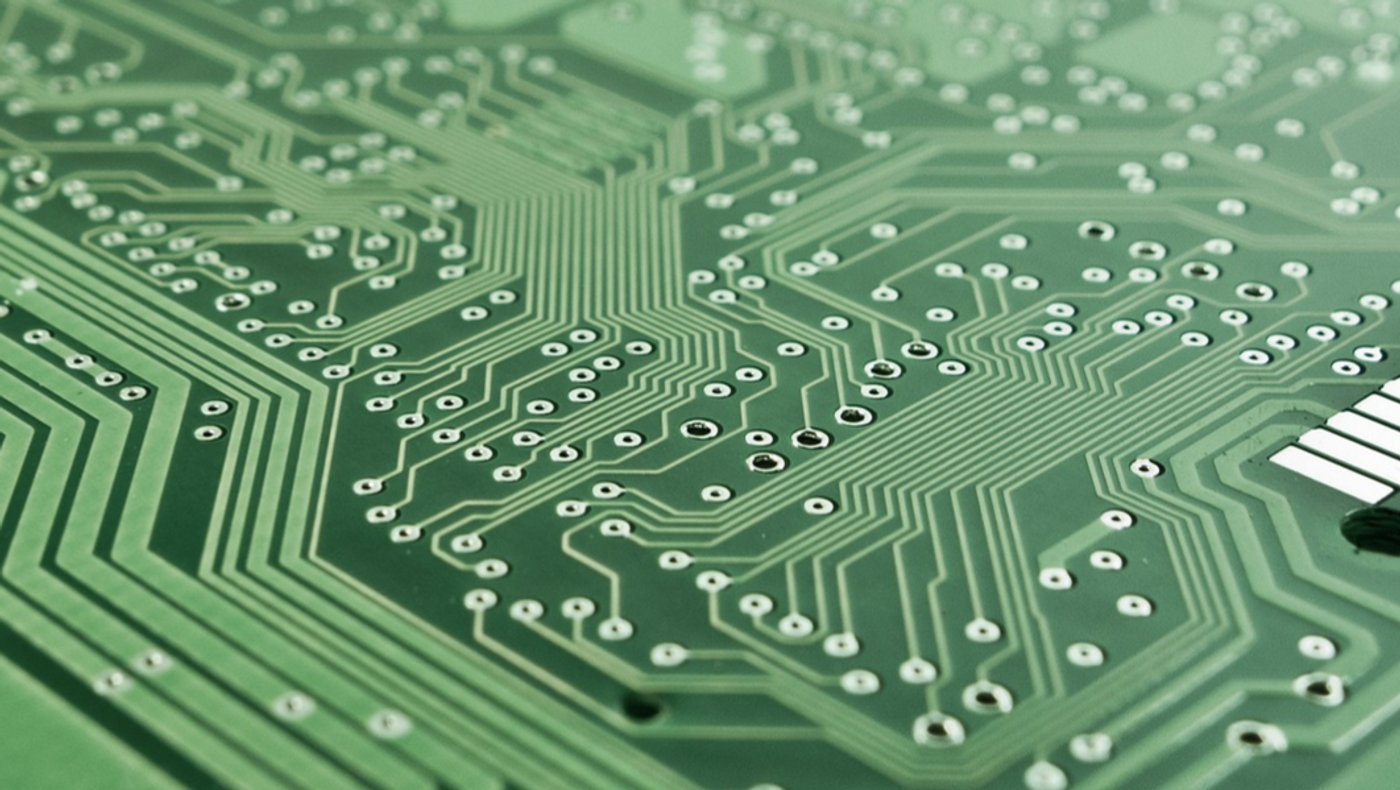Self-Folding Surgical Tools are Created for Minimally Invasive Procedures
There are a wide range of minimally invasive surgical procedures, some of which can help diagnose disease while others may be oriented towards treatment, for example. When incisions are made as small as they can possibly be, it can improve a patient's overall experience in many ways; they may have less pain, quicker recovery, and lower risk of infection, for example. Current approaches often use small surgical tools operated by robots that are pushed through a small opening, like a catheter, until the instrument reaches the place where the operation is needed.
Robotic technologies have improved these procedures by increasing their precision, stability, and imaging capabilities, among other things. There are many potential applications for this technology as well, especially as new tools and materials are created that can make surgical instruments even smaller. Magnetic surgical instruments have also been developed to make the technology even better, enabling the assembly of more complex instruments with multiple components like lasers, cameras, drug carriers, or sensors, for example.
But even as this technology advances and becomes more intricate, it is still limited by the size of the catheter that holds the instrument and guides it to the right place in the body. Even with targets that are relatively easy to reach, like the abdominal cavity, large tools still cannot be inserted through a tiny tube.
So researchers saw a need to create foldable tools that could overcome this limitation. Some elastic instruments have been developed, such as catheter tips that are precurved to make it easier to insert them into the vascular network. But these are still very simple designs, while some procedures require more complicated instruments that have irregular shapes or multiple functions, such as those used in endovascular surgery.
Scientists have now developed miniature, foldable tools using magnetic soft-robotic chains they called MaSoChains, which are reconfigurable. The configurations can be programmed into the tools, so they change shape when they are pushed out of a catheter. The MaSoChains are made of soft and rigid parts that are 3D printed and put together with magnets. A soft elastic segment bends when pushed out of the catheter, and neighboring, rigid portions can then join together; this assembly gets locked into place by the magnets.
The assembly is reversible and can be used to reconfigure the tool by pulling the MasoChain back, and then pushing it out again. Changes in shape can be implemented with programs to make the tool much larger than the dimension of the incision used for insertion. The study authors suggested that a huge variety of applications can be realized by combining this method with flexible printed circuit boards, and could be used in sensing and computation, for example.
The scientists used MaSoChain to created a capsule endoscope with a camera, steering magnet, and a channel for a biopsy. The work has been reported in Nature Communications.
Sources: ETH Zurich, Nature Communications









